The Nile River, a lifeline that has nourished civilizations for millennia, continues to weave its magic through the heart of Egypt. Along its fertile banks, the echoes of ancient pharaohs resonate alongside the bustling rhythms of modern life. This unique interplay between past and present creates a tapestry of culture, tradition, and innovation that is distinctly Egyptian.
The grandeur of the pharaohs is etched into the very landscape of the Nile Valley. From the towering pyramids of Giza to the majestic temples of Luxor and Karnak, these monumental structures stand as testaments to a civilization that thrived thousands of years ago. The precision with which these edifices were constructed still baffles modern engineers, while the intricate hieroglyphics adorning their walls tell stories of gods, kings, and daily life in antiquity. For contemporary Egyptians, these ancient wonders are not merely relics of the past but living symbols of their heritage, deeply ingrained in their identity.
Yet, the Nile is far more than a historical artifact. It remains the lifeblood of Egypt, sustaining millions in a country where over 90% of the population lives within a few kilometers of its banks. The river’s annual inundation, once the foundation of agricultural prosperity in pharaonic times, has been tamed by modern engineering, yet its waters still irrigate vast fields of cotton, wheat, and sugarcane. Feluccas, traditional wooden sailboats, glide gracefully alongside motorized ferries, carrying both tourists eager to glimpse the past and locals commuting to work in Cairo’s sprawling metropolis.
Cairo itself embodies the dynamic fusion of ancient and contemporary. The city’s skyline is a juxtaposition of minarets dating back to the Fatimid era and gleaming high-rises housing multinational corporations. In the shadow of the Great Pyramid, street vendors sell kebabs and falafel to office workers on lunch breaks, while nearby, artisans craft papyrus paintings using techniques passed down through generations. The Egyptian Museum, home to treasures like Tutankhamun’s golden mask, sits just a short drive from Zamalek’s chic cafés and art galleries, where Cairo’s elite gather to discuss politics and culture.
This duality is perhaps most palpable during religious and cultural festivals. During Ramadan, the call to prayer reverberates over the Nile as families gather for iftar, breaking their fast with dates and lentil soup—a tradition unchanged for centuries. Yet, the evenings also see lively gatherings in neon-lit cafés, where young Egyptians debate football and binge-watch the latest Netflix series. Similarly, the annual flooding of the Nile, once celebrated with offerings to Hapi, the god of the inundation, is now marked by concerts and fireworks, blending ancient reverence with modern festivity.
Even Egypt’s challenges reflect this intersection of eras. Rapid urbanization strains the Nile’s resources, just as climate change threatens its flow. Meanwhile, archaeologists and developers often find themselves at odds over land use, as new construction projects unearth yet more layers of history beneath Cairo’s streets. The government walks a tightrope between preserving its pharaonic legacy and meeting the demands of a growing, tech-savvy population eager for economic progress.
For visitors, this interplay is nothing short of mesmerizing. A sunset cruise on the Nile might offer views of a millennia-old temple on one shore and a newly built shopping mall on the other. In Aswan, the High Dam—a marvel of 20th-century engineering—stands not far from the Unfinished Obelisk, a relic of ancient quarrying techniques. The contrast is striking, yet it feels organic, as if the river itself has always been a conduit for evolution.
Perhaps what makes Egypt’s relationship with the Nile so extraordinary is its unbroken continuity. The same river that carried Cleopatra’s barges now fuels hydroelectric plants. The same silt that enriched pharaonic farmlands today supports one of Africa’s largest economies. And in the faces of Egyptians—whether a farmer tending his field or a startup founder coding in a Cairo co-working space—one can glimpse the same resilience and ingenuity that built the pyramids.
As the sun sets over the Nile, painting the water in hues of gold and crimson, it’s easy to imagine the pharaohs gazing upon the same vista. Their civilization may have faded into history, but their legacy endures, not just in stone and papyrus, but in the vibrant, ever-evolving tapestry of Egyptian life. The Nile, eternal and unchanging, remains the thread that binds it all together.
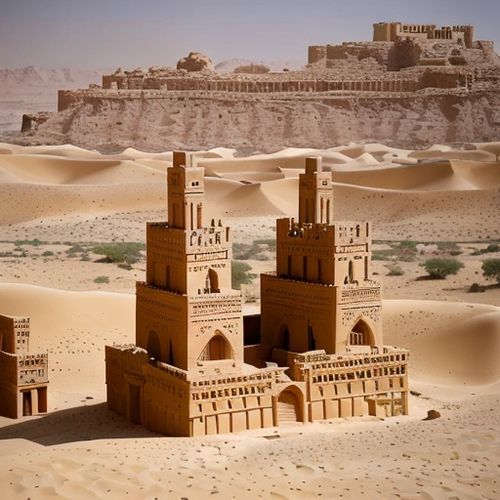
By /May 11, 2025

By /May 11, 2025

By /May 11, 2025

By /May 11, 2025

By /May 11, 2025
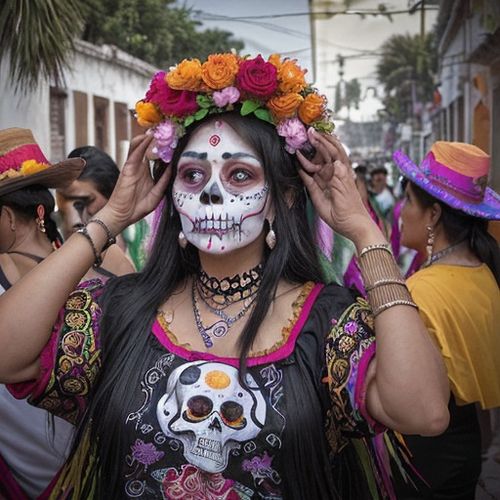
By /May 11, 2025
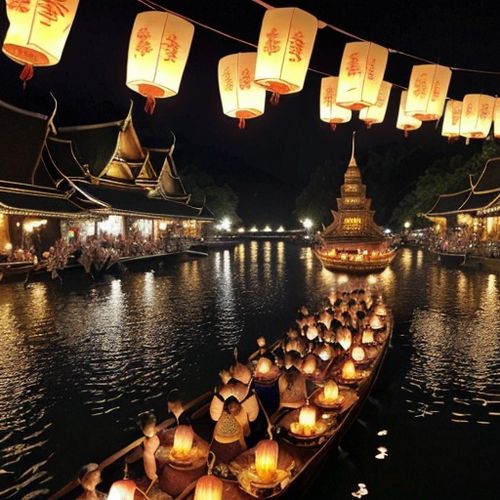
By /May 11, 2025
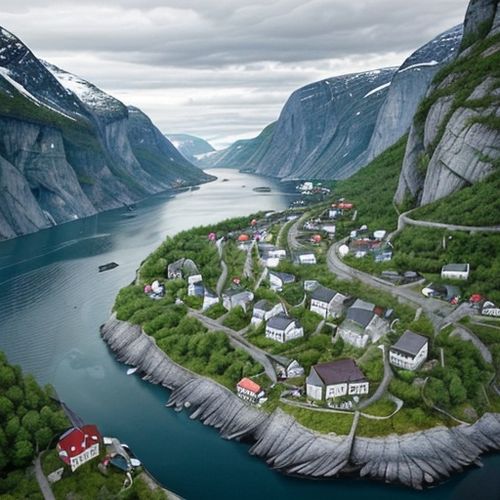
By /May 11, 2025
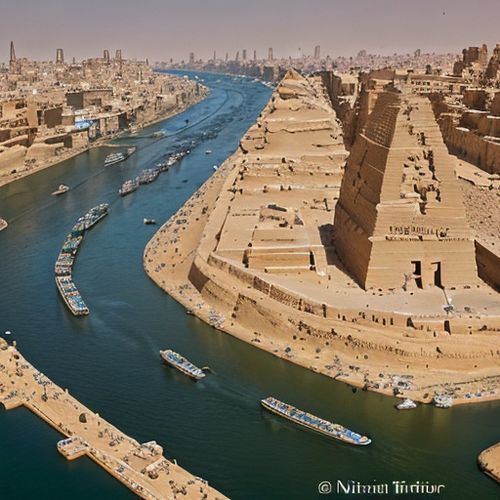
By /May 11, 2025

By /May 11, 2025

By /May 11, 2025

By /May 11, 2025

By /May 11, 2025
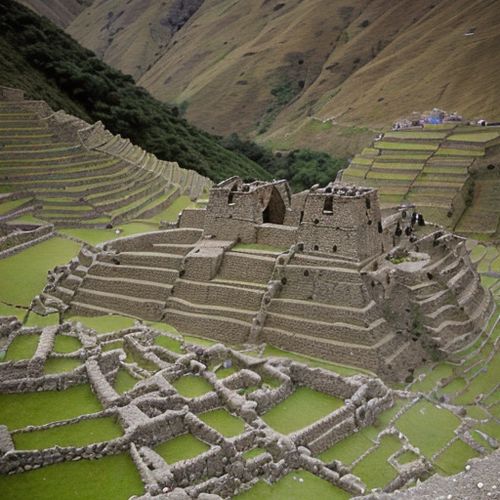
By /May 11, 2025
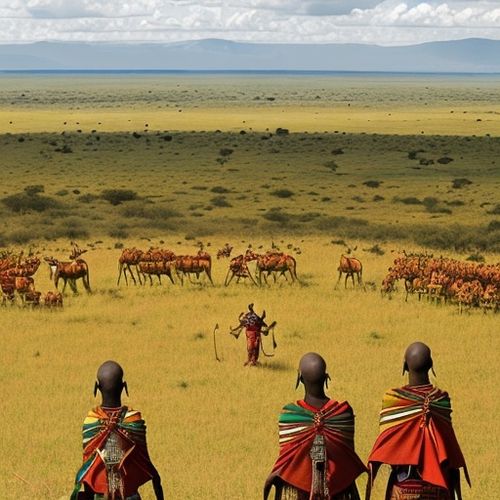
By /May 11, 2025
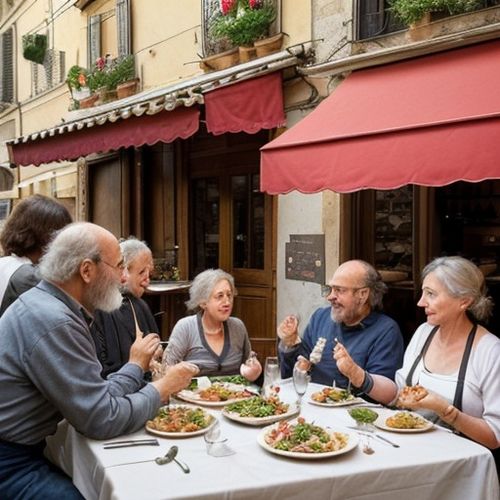
By /May 11, 2025
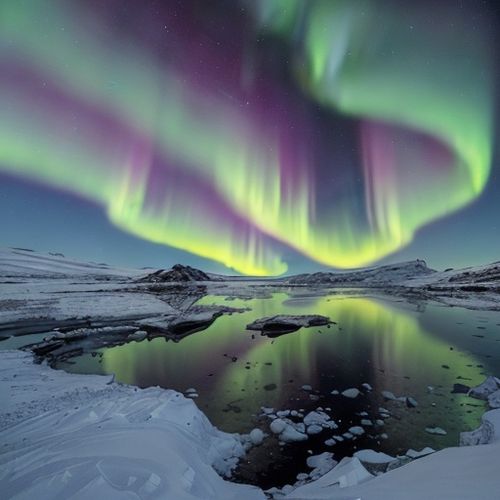
By /May 11, 2025
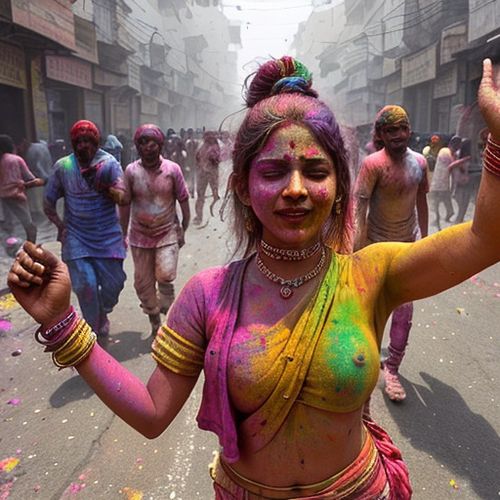
By /May 11, 2025
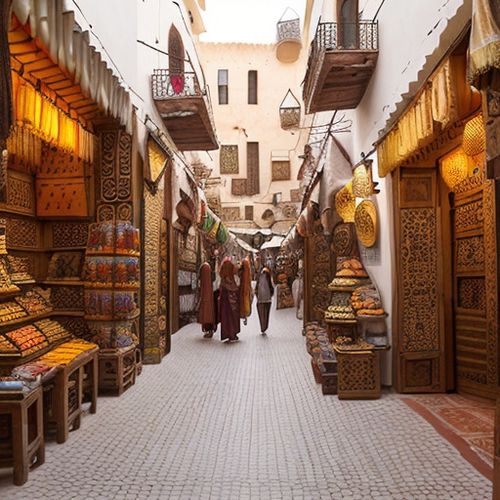
By /May 11, 2025
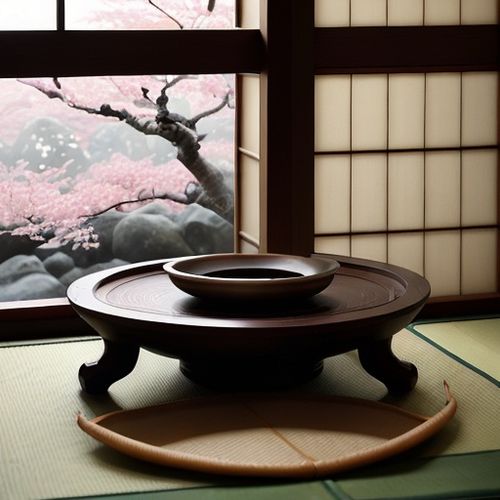
By /May 11, 2025